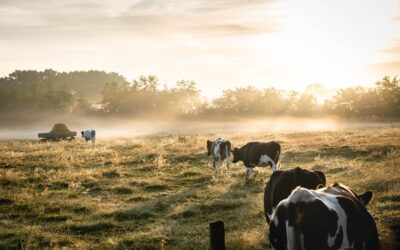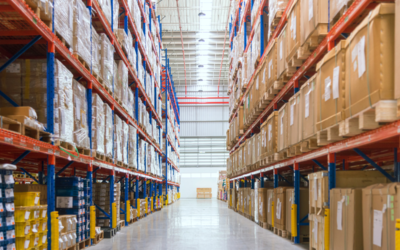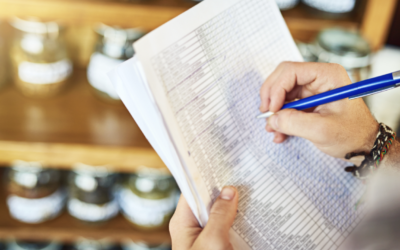Technology is becoming increasingly important in Canadian dairy farming. With the use of sophisticated software, farmers are now able to boost milk yields, improve milk quality, reduce production costs and enhance the lives of their livestock. Dairy farming has progressed dramatically over the last couple of decades. The idea of old weathered farmers, toiling away in their fields, hand milking cows one-by-one no longer represents reality. There has been a rapid increase in dairy farm sizes in North America which is why the introduction of technology has been widely welcomed. Take a look at some of the modern advancements in the dairy industry and their benefits.
Cow Management
As you gaze over your herd, how quickly could you identify an unwell cow? New applications and software can provide dairy farmers with real-time data about their cows. This allows farmers to manage the stress, comfort, behaviour, location, hygiene, health, and productivity of every cow. Automated livestock management includes new digitalized collars that use a transponder to track a cow’s milk production, health, milking frequency, and eating habits and sends the information to a portable device. Furthermore, facial recognition technology is being used to identify herds and can help with spotting symptoms. With facial recognition, farmers will know exactly which cow is ill and can respond immediately. Another notable piece of tech is the swinging cow brush. Although it has been around for almost a decade, cows love this technology. The brushes can cover all angles of the bovine body resulting in increased blood circulation. It also helps reduce stress, keeping them comfortable, happy and more productive.
Robotic Milking
The average Canadian dairy farm has 89 cows.[1] To streamline the milking process, farmers nationwide have adopted robotic cow milking equipment. Automated Milking Systems (AMS) or ‘robots’ are commonly used and allow multiple cows to be milked at the same time. Robotic cow milking equipment also provides farmers with information on each cow’s health, production levels and milking frequency. The robots can even collect data on milk quality, fat content and white blood cell count.
Hand milking is one of the hardest and most labour-intensive aspects of dairy farming. By automating the milking process, farmers can save huge amounts of time and money whilst enhancing the comfortability of the cows.
Farming for the Future
Beyond regular practices, farmers are continuously making efforts towards sustainability. With the help of new technology dairy production now represents less than 1.3% of Canada’s total GHG emissions. [2] Methane is an inevitable by-product of ruminant digestion but with the help of anaerobic digesters dairy farms can reduce livestock emissions. Anaerobic digesters can break down the organic matter and through combustion, the methane can be converted into power and heat.
Technology trends in dairy farming will always echo that of modern society. Facial recognition software is being used to manage livestock and apps are used to monitor herd health. The automation of dairy farming can never be overemphasized and is capable of increasing productivity as well as profits.
[1] https://dairyfarmersofcanada.ca/en/canadian-dairy-farms-come-all-sizes
[2] https://dairyfarmersofcanada.ca/en/5-steps-we-take-reduce-our-environmental-impact










